Prevention
Health promotion is more than just preventing diseases; it is also about improving quality of life and extending life expectancy. It would not be difficult to agree that prevention is a worthwhile reason to promote health.
Most of the literature considers the prevention of disease at three levels, Primary, Secondary and Tertiary. However, some authors suggest the fourth level should come before the primary level.


Promoting Health saves money
Often, health promotion is argued to save money by allowing people to be healthier so they do not require expensive healthcare. This assumption is based on the fact that when people have widespread access to information about the facts that contribute to the decline of their health, there is a sharp decline in key risk factors with changes such as stopping smoking, engaging in physical activity and having a better diet.
When an illness is prevented at a certain age, the person lives to an older age than they would have otherwise. Even if, in some cases, having a good lifestyle only postpone illnesses, the majority will get older with less complications. These changes could have a major impact on healthcare requirements in the long term.
Many reviews have concluded that health promotion does indeed give value for money. However, we should not be fixated on the question of whether health promotion saves healthcare costs. Rather, we should look at all the benefits that come from health promotion. On this basis, very few could argue that health promotion is not worthwhile
Determinants of health: environment and lifestyle
The determinants of health are factors which decide whether a person will be healthy or ill. Generally, health is determined by the living conditions, both physical and socio-economic environments, lifestyle decisions, and the availability of healthcare. Most of the authors agree that healthcare is the determinant with less impact, and some studies suggest that healthcare only accounts for a third or less of recent life expectancy improvements.
It’s easy to choose a healthy lifestyle when the physical and the socio-economic environment are in favour of making the healthy choices. However, in the majority of cases, the reality is against a natural path toward the most effective health practices. Therefore, it is difficult to get citizens to follow the best practices for a healthy lifestyle.


The stairway to citizen participation
It is very helpful to understand the difference between promoting health in a community, and promoting health within the community. In order to engage the community, they must have control and access to professional resources.
To make this possible, some scholars suggest setting up and following a process that enables the community to progressively take control of the actions.